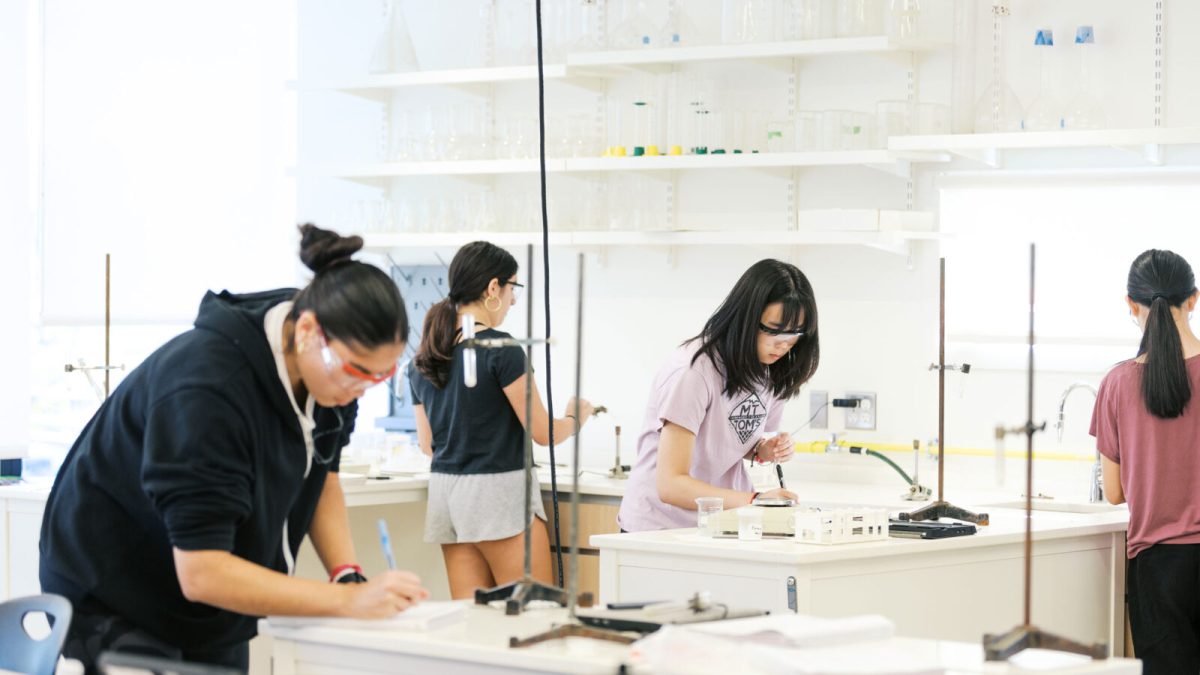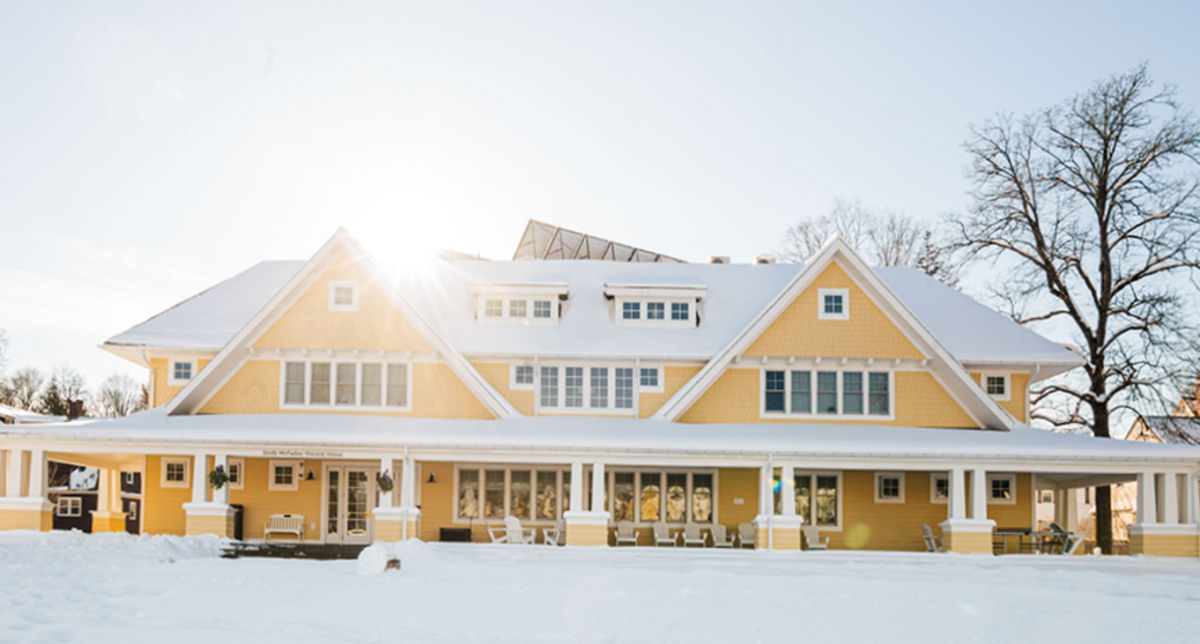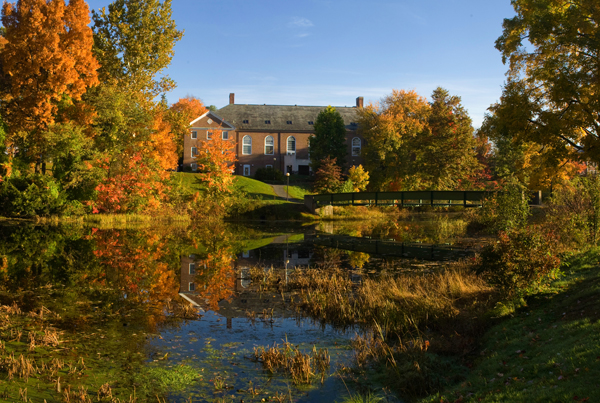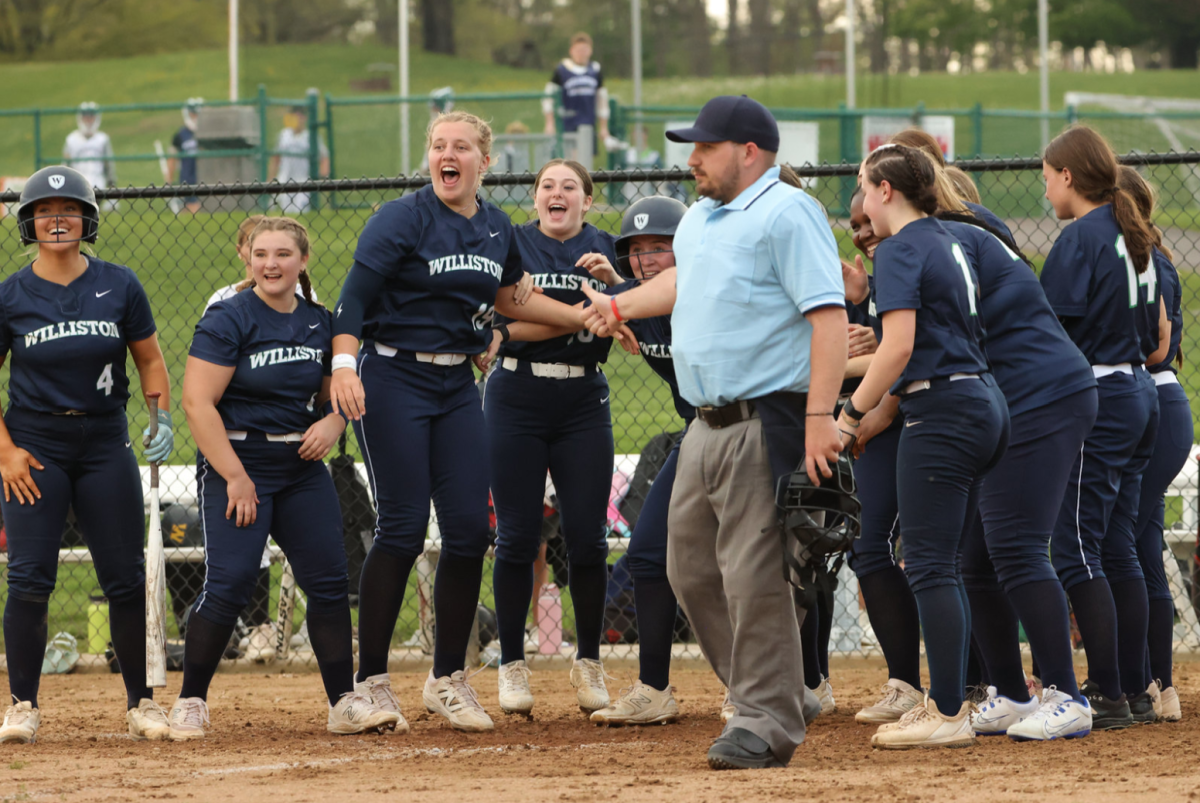Williston should consider adding an extra word to its motto of purpose, passion, and integrity: “caffeine.”
Coffee is everywhere. There are numerous caffeine sources on campus and in town, including the Dining Hall and Stu-Bop, as well as three coffee spots within a short distance from campus, including Tandem, Dunkin’, and Shelburne Falls Coffee Roasters.
“The ability to get cheap coffee makes it so easy to get a boost of caffeine,” Gabi Bobiak, a junior boarding student from Acton, Mass., said. “Especially in between classes.”
A medium Dunkin’ iced coffee has 297 mg of caffeine, but it is recommended that teenagers do not have more than 100 mg a day, according to the Dunkin’ website. That, however, does not deter most students. The number of commitments Williston students have to balance means there is not always time to restore energy at night, so they turn to caffeine to help them get through.
Coffee culture on campus, however, is not just about helping your body stay fueled; it is also a social thing. It is not uncommon for students to get a coffee during free blocks, H blocks, or in the morning before classes.
Junior Alyssa Frazier attributes students’ use of caffeine to the sheer number of commitments students have on a daily basis.
“The stress in people’s lives, and the amount of work leads to students becoming reliant on a need for a boost of energy,” she said.
Caffeine is an addictive substance; the National Library of Medicine calls caffeine “the most commonly used drug in the world,” and notes there is no regulation on it.
Assistant Dean of Students Kate Garrity is aware of how prevalent the coffee culture is on campus, and, while not against it, has some issues with the quantity kids are consuming.
“Caffeine, in moderation, has been shown to have positive short-term side effects for some people,” she said. “My concern is the huge amounts that some students are consuming and when. Energy drinks like Celsius and others have far more caffeine than a soda, tea or coffee and can have pretty serious effects on everything from heart to your sleep quality.”
Tyla Taylor, a Psychology teacher, rarely drinks caffeine, but recognizes firsthand just how widespread caffeine is on campus.
“My students come to class with Celsius, drinks from Dunkin’ that are taller than their heads, and Starbucks [drinks] that are huge,” she said.
But it is not just what you consume but also how much you consume that keeps the culture thriving. “There is this unspoken prize amongst students of who can drink the most coffee,” Taylor added.
Caffeine culture does not end just with coffee but also includes energy drinks. For many student-athletes, a Celsius, Prime, Alani, or Red Bull before practice or competitions is part of their daily routine. This pregame fuel up might not be helping them, however.
David Koritkoski, Dean of Students and Head Coach of the Swim and Dive program, is “concerned about the type and the quantity of caffeine students are drinking, especially the athletes. Some of the drinks are loaded with caffeine and sugar and other items that are not good for competition. “I think there is a culture around caffeine on campus which negatively impacts performance,” he said.




















